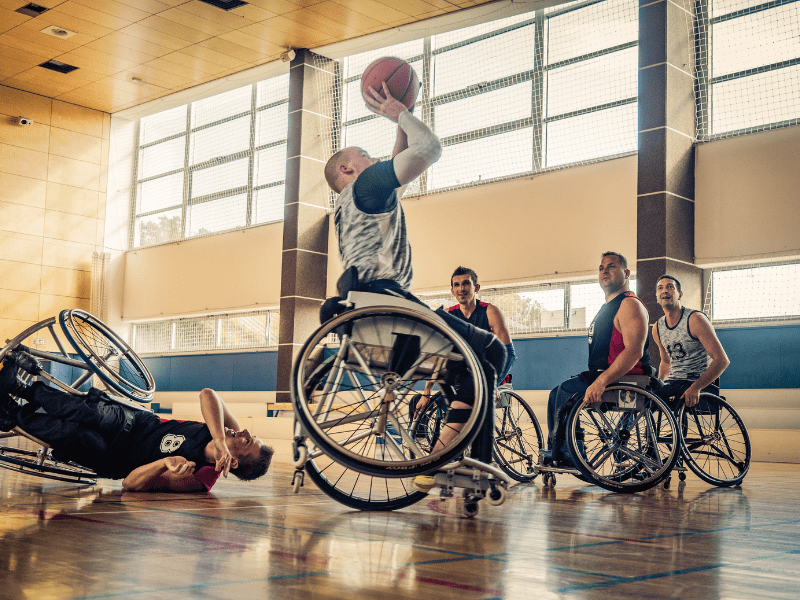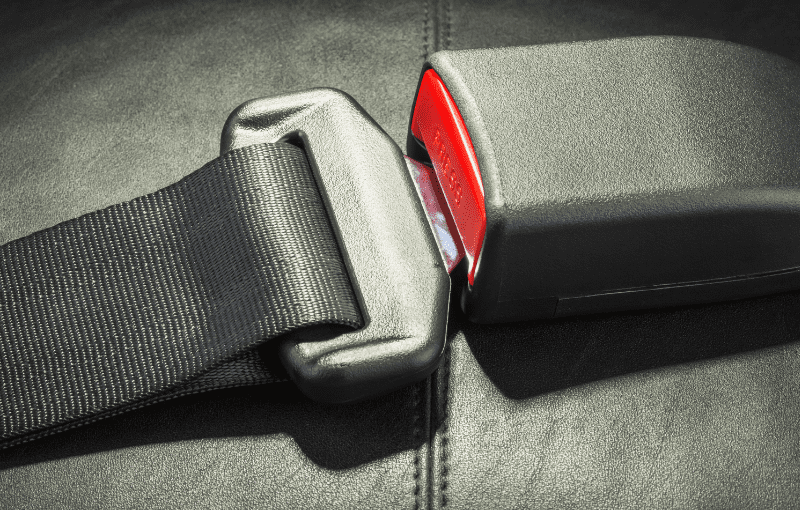Seat belts are important accessories that ensure the safety of the wheelchair user. In order to work properly, they need to be well adjusted and chosen with the patient’s individual needs in mind.
How do seat belts ensure the safe use of wheelchairs?
Wheelchair seat belts are restraints designed to secure the wheelchair user and properly position them in order to reduce the risk of injury in case of a fall. They help maintain the pelvis in the most neutral alignment possible, provide stability, and prevent the patient from sliding out of the wheelchair or experiencing excessive movement. Wheelchair seat belts are important safety devices, however it is important to remember that improper use may cause harm to the wheelchair user.
Different types of wheelchair seat belts
There are three types of wheelchair seat belts available on the market – lap belts, chest belts, and four-point harnesses.
Lap belts
Lab belts secure the lower body of a wheelchair user. They are fastened across the lap and can effectively prevent the patient from sliding forward or tipping out of the chair. Lap belts are easy to use, cost effective, and provide wheelchair users with a basic level of stability. This type of seat belt is suitable for patients with good mobility and body control, who possess the ability to self-fasten.
Chest belts
Chest belts, known also as torso belts and shoulder straps, secure the wheelchair user’s upper body. They wrap around the chest and get attached to the chair’s frame or anchor points. Chest belts stop patients both from sliding forward and from leaning sideways. They help enhance posture and positioning, but cannot prevent forward tipping. Chest belts are usually used by wheelchair users who have limited trunk control and are prone to leaning forward.
Four-point harnesses
Four-point harnesses are a combination of lab belts and chest belts. They consist of two straps used to secure the upper body and another two to secure the lower body. They provide restraint and support for the wheelchair user and prevent them from sliding forward, leaning sideways, and tipping. Compared to the individual chest and lap belts, however, four-point harnesses are more difficult to use, as their adjustment requires much more effort.

How to install and regulate wheelchair seat belts?
In order to ensure maximum safety and comfort of the wheelchair user, a proper installation and regulation of seat belts is necessary. Each type of seat belt is different, which means it is impossible to create a universal manual. Thankfully, all wheelchair accessories come with detailed instructions of how to use them. Thanks to that each user knows exactly how to install and regulate their wheelchair seat belt. In case of doubt it is always possible to contact the dealer or a wheelchair maintenance specialist.
What to take into account while choosing wheelchair seat belts for people with disabilities?
While choosing wheelchair seat belts for people with disabilities it is important to take into account such factors as:
- patient’s posture, strength, and other individual physical aspects,
- patient’s level of mobility,
- patient’s ability to independently fasten and release the seat belt,
- seat belt’s compatibility with the wheelchair’s model,
- the ease with which seat belt is secured and released,
- adjustability of the seat belt to different body sizes,
- compliance of the seat belt’s manufacturer to the applied safety standards and other legal requirements.
Before purchasing the wheelchair seat belt it is also necessary to make sure it was made with durable materials that are comfortable, do not irritate the patient’s skin, and are easy to clean.
